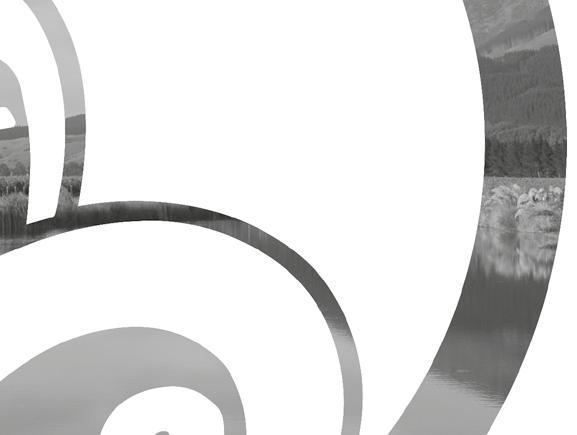
3 minute read
Wātaka
2020 6 April 4 May 31 May 15 June 3 August 31 August 28 September – 2 October 27 November 28 November 10 December Applications open for taiohi (kōtiro) wānanga – our youth wānanga Applications open for Te Amonuku – our associate director & manager programme Taiohi wānanga applications close Te Amonuku applications close Applications open for tertiary education scholarship Tertiary education scholarship applications close Taiohi wānanga Owners’ tour – mussel boats Annual general meeting (AGM), Nelson Deadline for summer bookings for camping at Mārahau
2021
28 January – 1 February 27 March 5 April 3 May 31 May 14 June 2 August 31 August 4 – 8 October 3 December 4 December 10 December Ahi kaa Special general meeting (SGM), Wellington Applications open for taiohi (tamatane) wānanga – our youth wānanga Applications open for Te Amonuku - our associate director & manager programme Taiohi wānanga applications close Te Amonuku applications close Applications open for tertiary education scholarship Tertiary education scholarship applications close Taiohi wānanga Owners’ bus tour – Motueka, Moutere and Mārahau Annual general meeting (AGM), Nelson Deadline for summer bookings for camping at Mārahau
Writers: Kerensa Johnston, Rōpata Taylor, Miriana Stephens, Johny O'Donnell, Felicity Connell Editor: Jude Watson Design: Floor van Lierop (thisisthem.com)
TĀPAE
All photos Kate MacPherson unless otherwise acknowledged, except for pages 7, 10-15, 20, 23, 38 Cover: Cumorah-Lee Aiolupotea photographed by Kate Mac Pherson. Printed by Spectrum Print in Christchurch Printed on a chlorine-free stock made from pulp that is sourced from sustainable tree farms. Printed using soya based inks.
Kōwhaiwhai
Kōwhaiwhai are a traditional Māori artform, with patterns often inspired by nature. As well as being decorative, kōwhaiwhai help to tell a story. The kōwhaiwhai featured throughout the magazine is specific to Wakatū; designed by one of our Te Hunga Panuku, Te Waiho Paratene.
There are three strands central to the design; the awa (rivers) that nurture the lands of Wakatū, the heke, the migration of our whānau and hapū from the North Island to Te Tauihu, and the journey of Wakatū since its incorporation in 1977.
Each segment of the kōwhaiwhai represents the hapū of Wakatū who descend from the iwi of Ngāti Koata, Ngāti Rārua, Ngāti Tama and Te Ātiawa. These segments symbolise chain links. Built from the strength of those who came before, the chain represents the strong links Wakatū has with its Owners, whānau, employees and business associates. It also represents the presence of Wakatū in Te Tauihu, Aotearoa, and the world, now and in the future.
Kōwhaiwhai
Kōwhaiwhai are a traditional Māori artform, with patterns often inspired by nature. As well as being decorative, kōwhaiwhai help to tell a story. The kōwhaiwhai featured throughout the magazine is specific to Wakatū; designed by one of our Te Hunga Panuku, Te Waiho Paratene.


There are three strands central to the design; the awa (rivers) that nurture the lands of Wakatū, the heke, the migration of our whānau and hapū from the North Island to Te Tauihu, and the journey of Wakatū since its incorporation in 1977.



Each segment of the kōwhaiwhai represents the hapū of Wakatū who descend from the iwi of Ngāti Koata, Ngāti Rārua, Ngāti Tama and Te Ātiawa. These segments symbolise chain links. Built from the strength of those who came before, the chain represents the strong links Wakatū has with its Owners, whānau, employees and business associates. It also represents the presence of Wakatū in Te Tauihu, Aotearoa, and the world, now and in the future.










